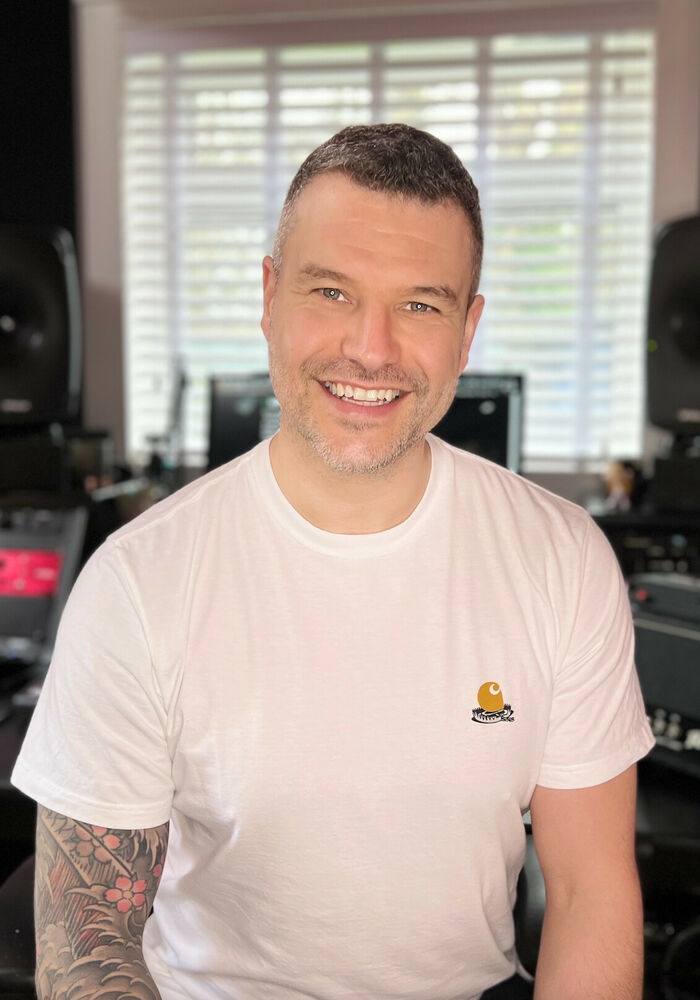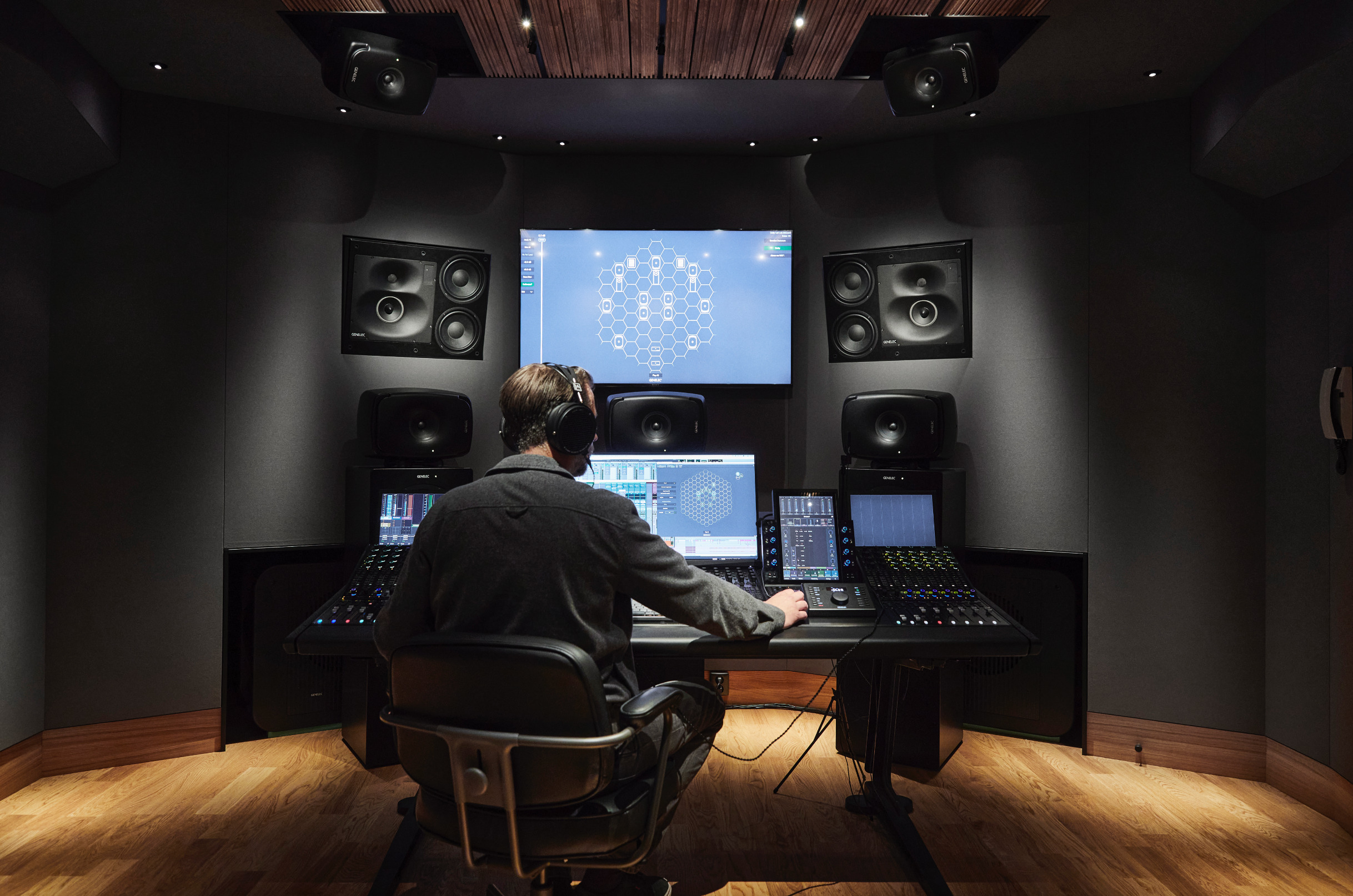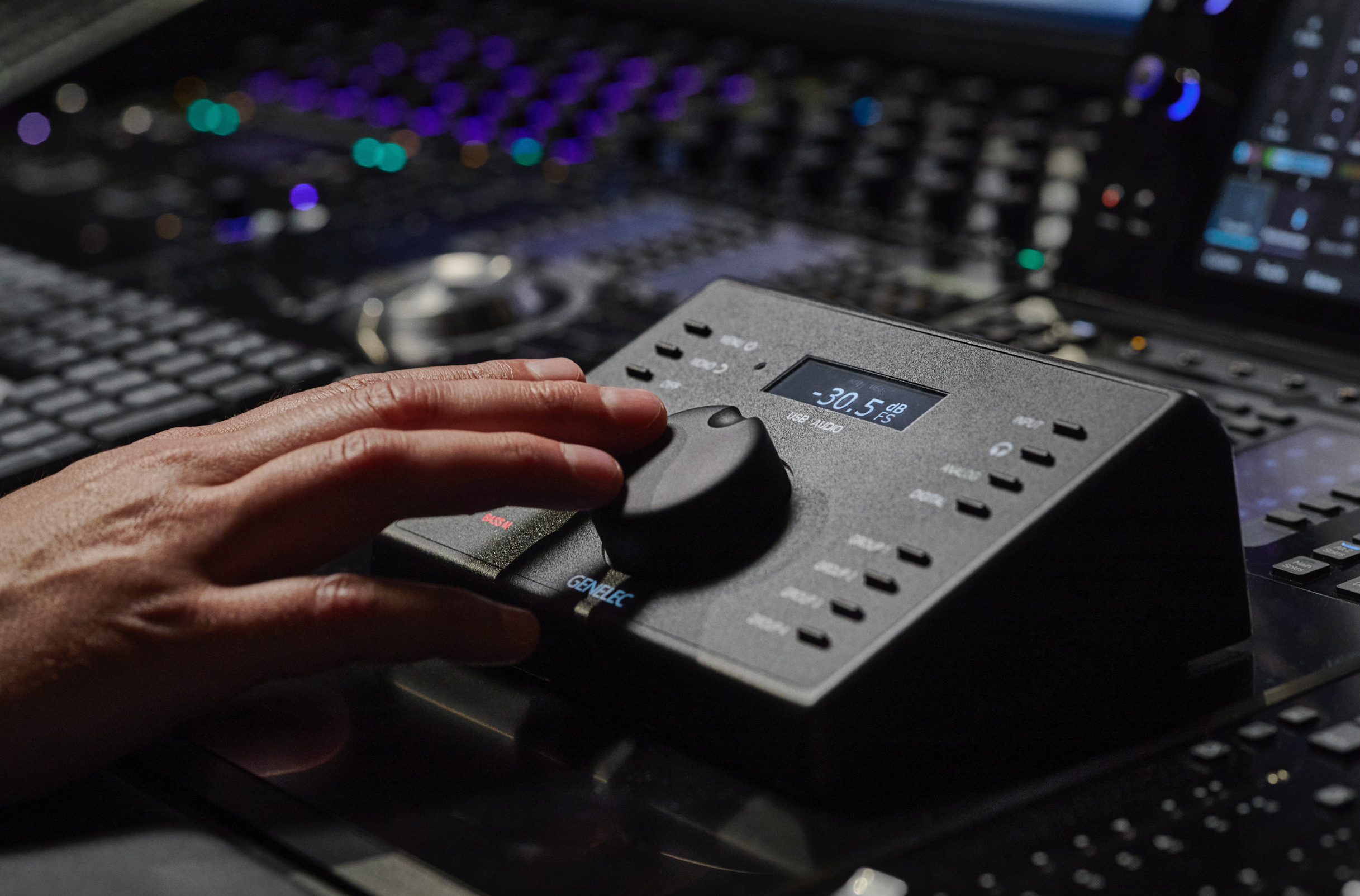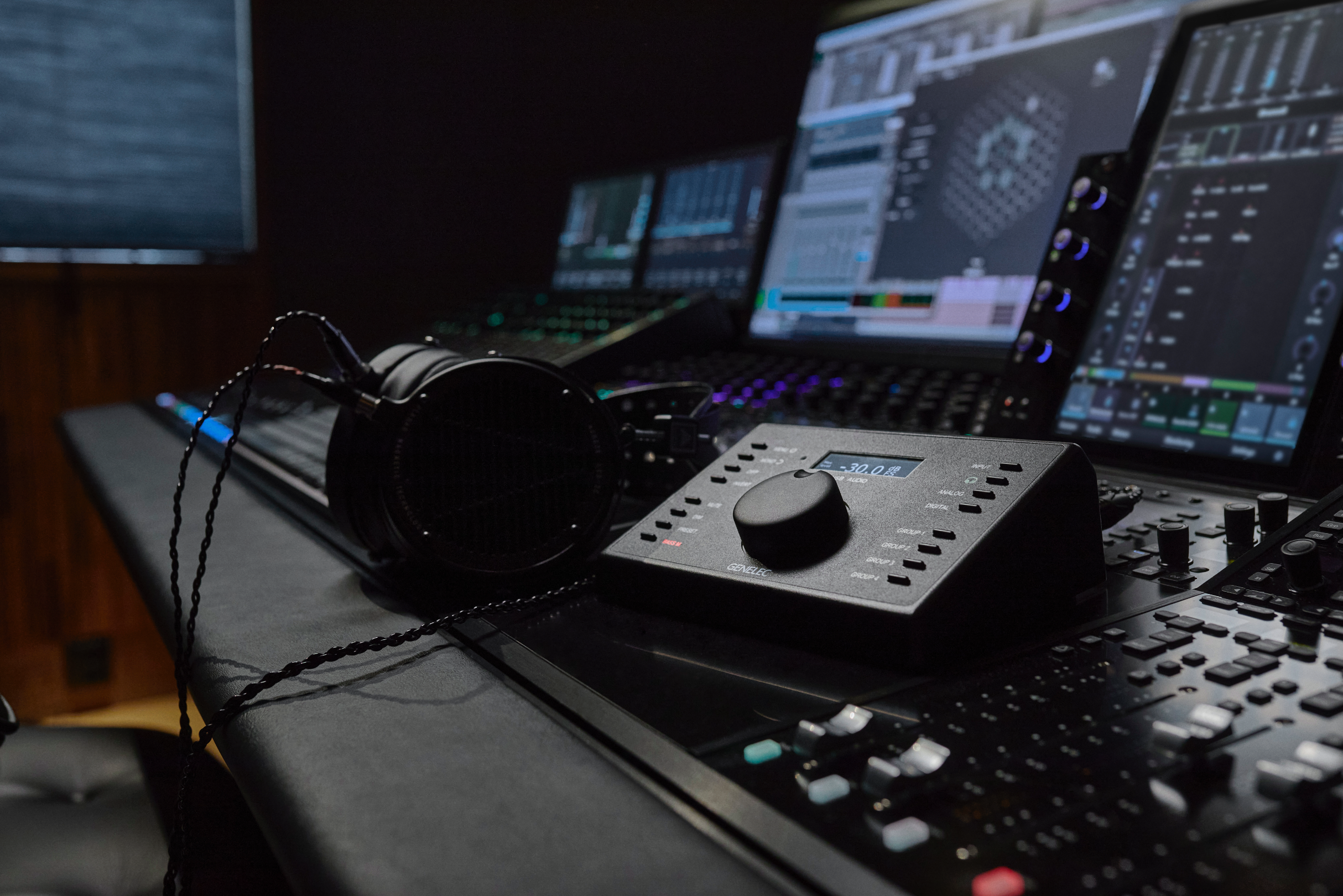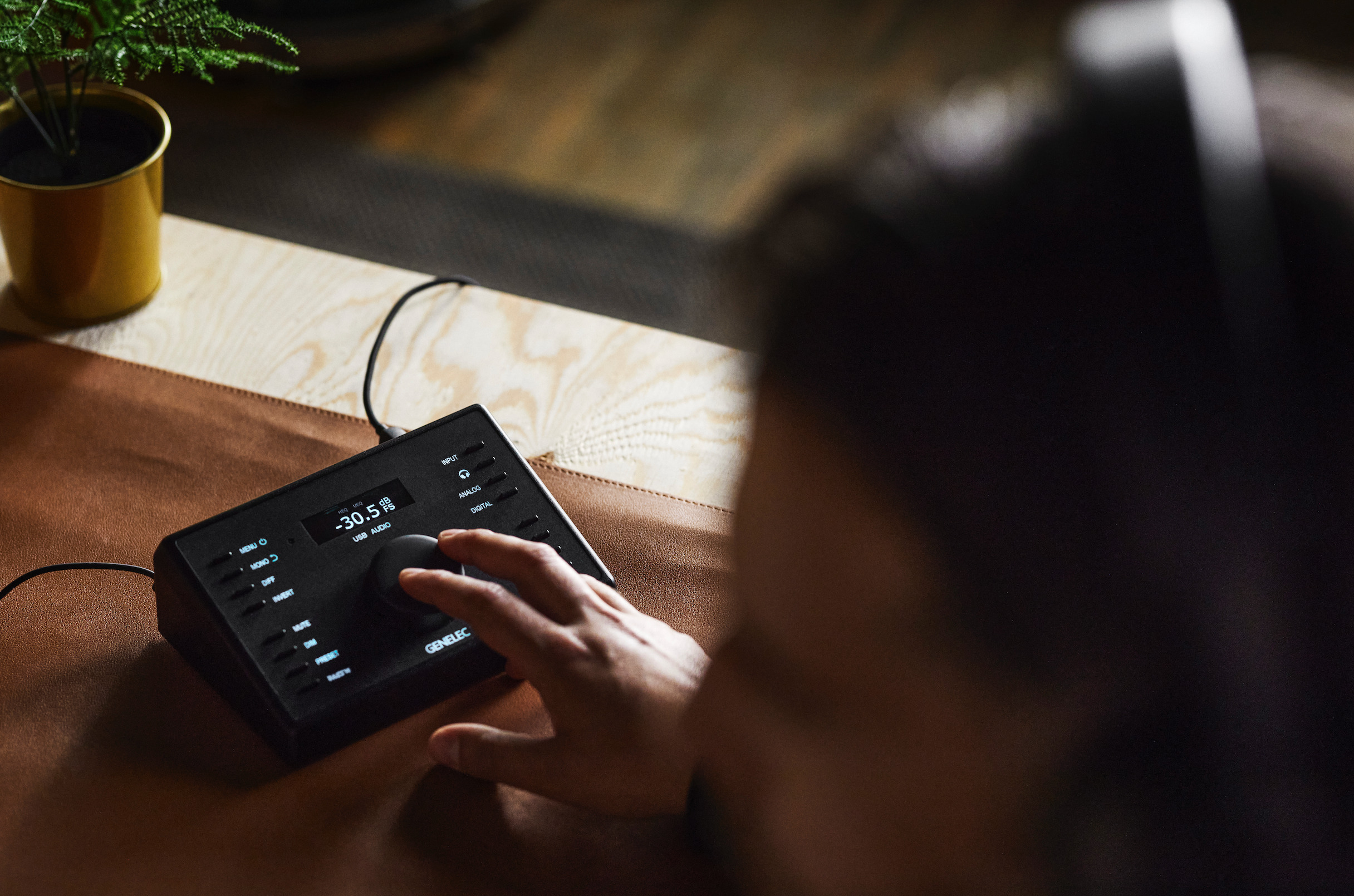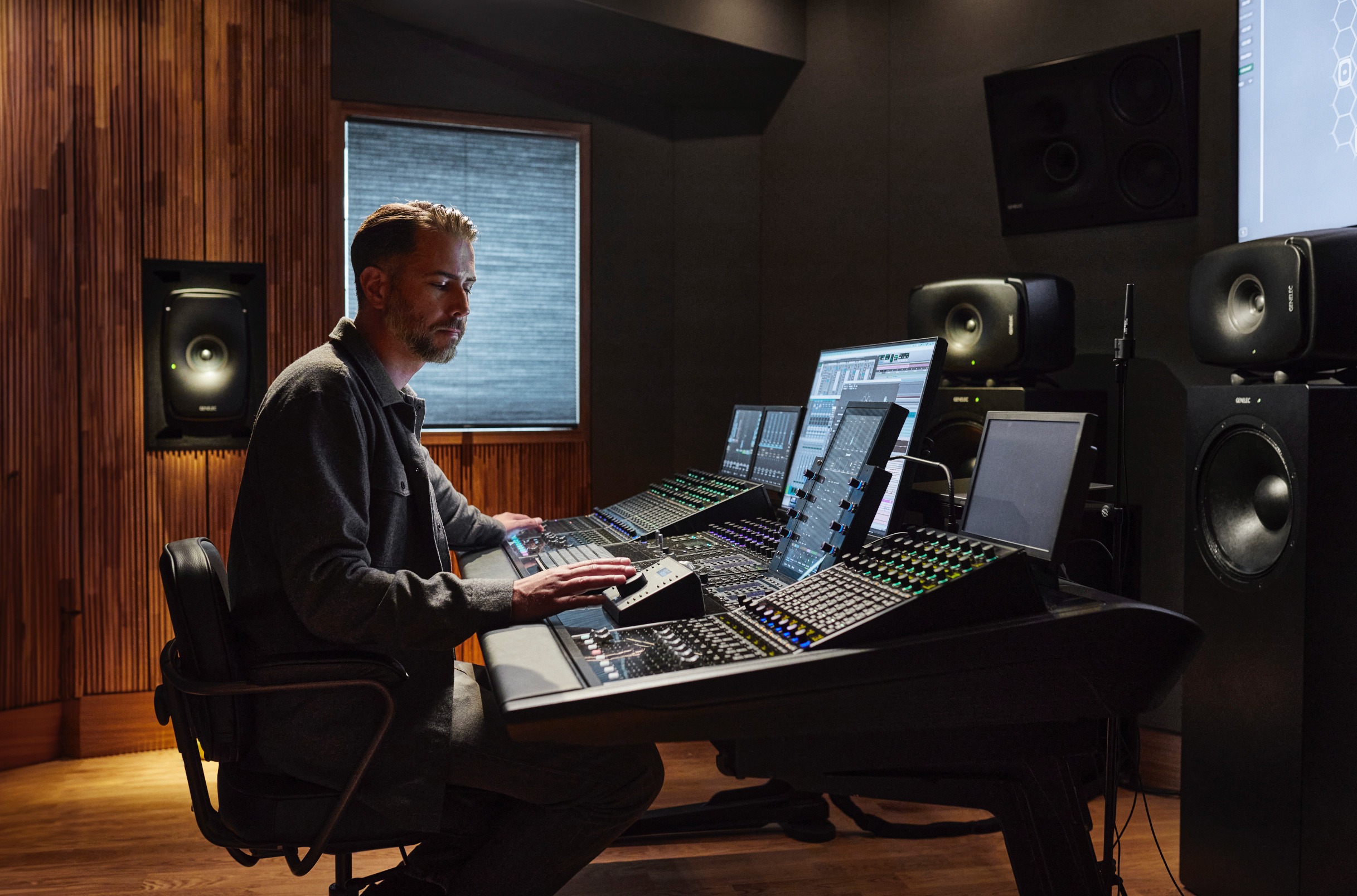Can you talk us through some of the recent developments in GLM, such as the AutoCal 2 algorithm and the GRADE room report feature?
We have continued to develop GLM since 2006, and we’re about to launch version five. In previous versions, we've added refinements to the calibration process. A big one was when we moved from AutoCal 1 to AutoCal 2. AutoCal is our calibration algorithm that we've developed that allows us to have a line of best fit, where we want the loudspeaker system to fall within certain parameters.
By hosting it in the cloud, it has allowed us to implement a few different things. One of them was to be able to continue to tweak the algorithm so that any customers that are calibrating their systems have always got the latest version of the algorithm.
What it also allows us to do is to cross reference customers’ measurements, so we've got access to an enormous data set of measurements. We can see trends in the way that people's loudspeakers are measuring and it informs us of how we can add tools that are going to help customers. One thing that we looked at recently was the addition of positive gain for certain bands within the frequency response.
We believe that we're in a unique position because we manufacture the loudspeakers, and we have a certain quality of service that if we sell a loudspeaker that has a spec, it will reproduce 100dB at one metre, so we need to ensure that it will continue to do that.
If we then start to look at calibration techniques that involve positive gain with infinite filters and infinite amounts of gain that we can add, we're going to start to hamstring the system in terms of the available headroom, so that speaker that was once rated at 100 dB at one metre might then start to reproduce 95 or 94, or less than that. We want to preserve the performance of the physical hardware and the electro acoustic design, so we look to solve that in other ways.
One of the more recent developments was the addition of the GRADE report, which is the Genelec room acoustic data evaluation. It's a hugely detailed report that can be generated when you take a measurement in GLM. There's a little tick box in there that once you're about to make the sweep, if you tick ‘generate GRADE’, you can put in some information about the room dimensions, what the system consists of, the kind of the speaker models, etc.
Within two or three minutes, this report is sent to your inbox and this gives you an enormous amount of information in terms of what's happening in the time domain of the room and with early reflections – you can use it to build a picture of the acoustic properties of the room.
Like I say, the loudspeakers and the room are an absolute marriage; they've got to work together. The GRADE is a means of being able to shine a light on what's happening within the space and guide you in the direction of what type of acoustic treatment you might want to use.
